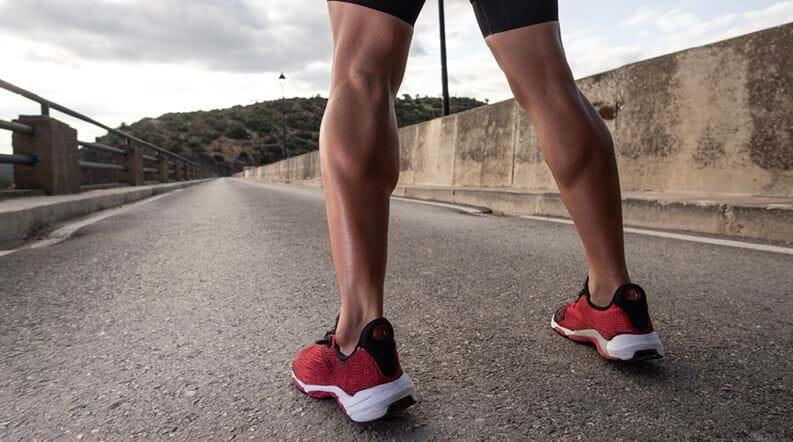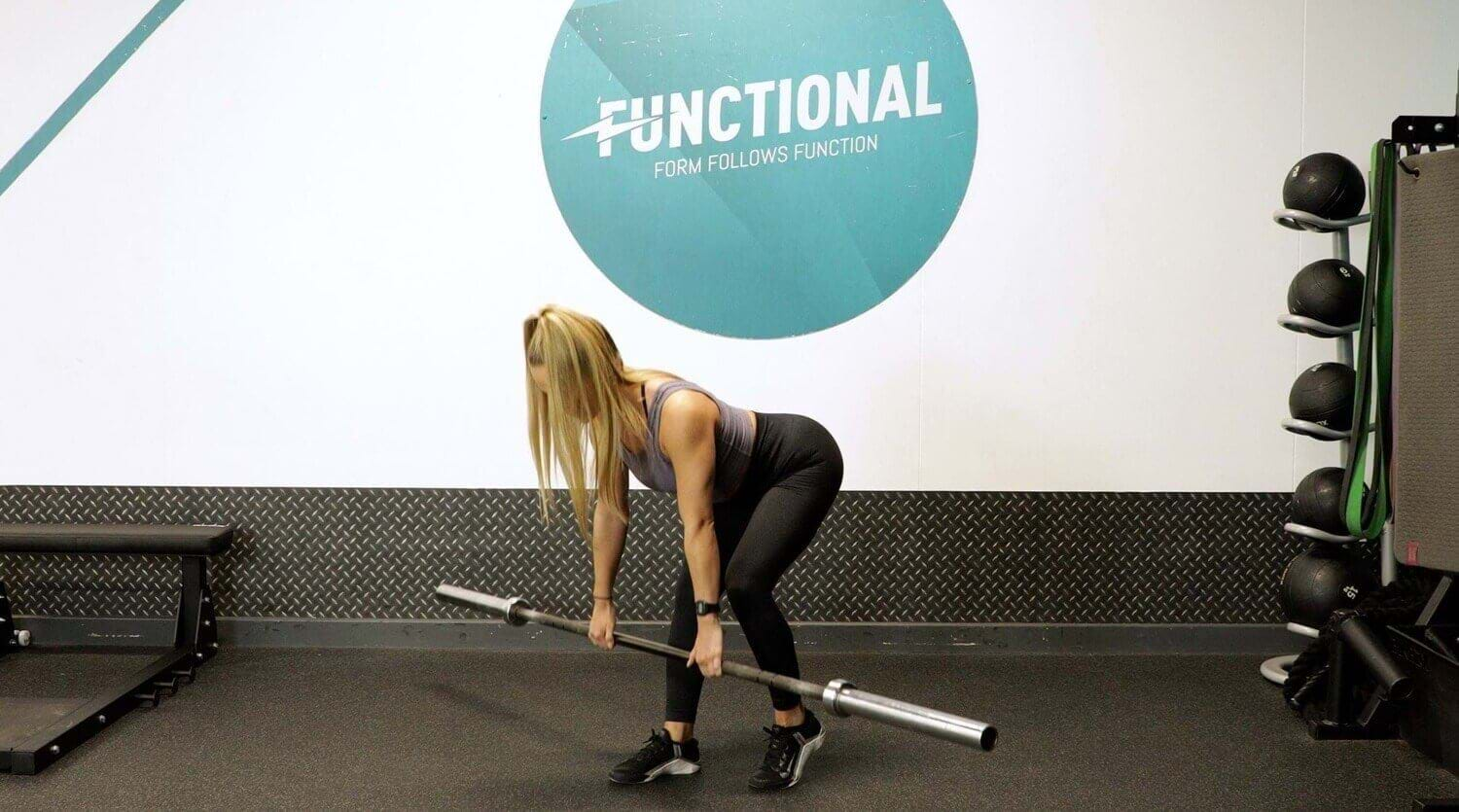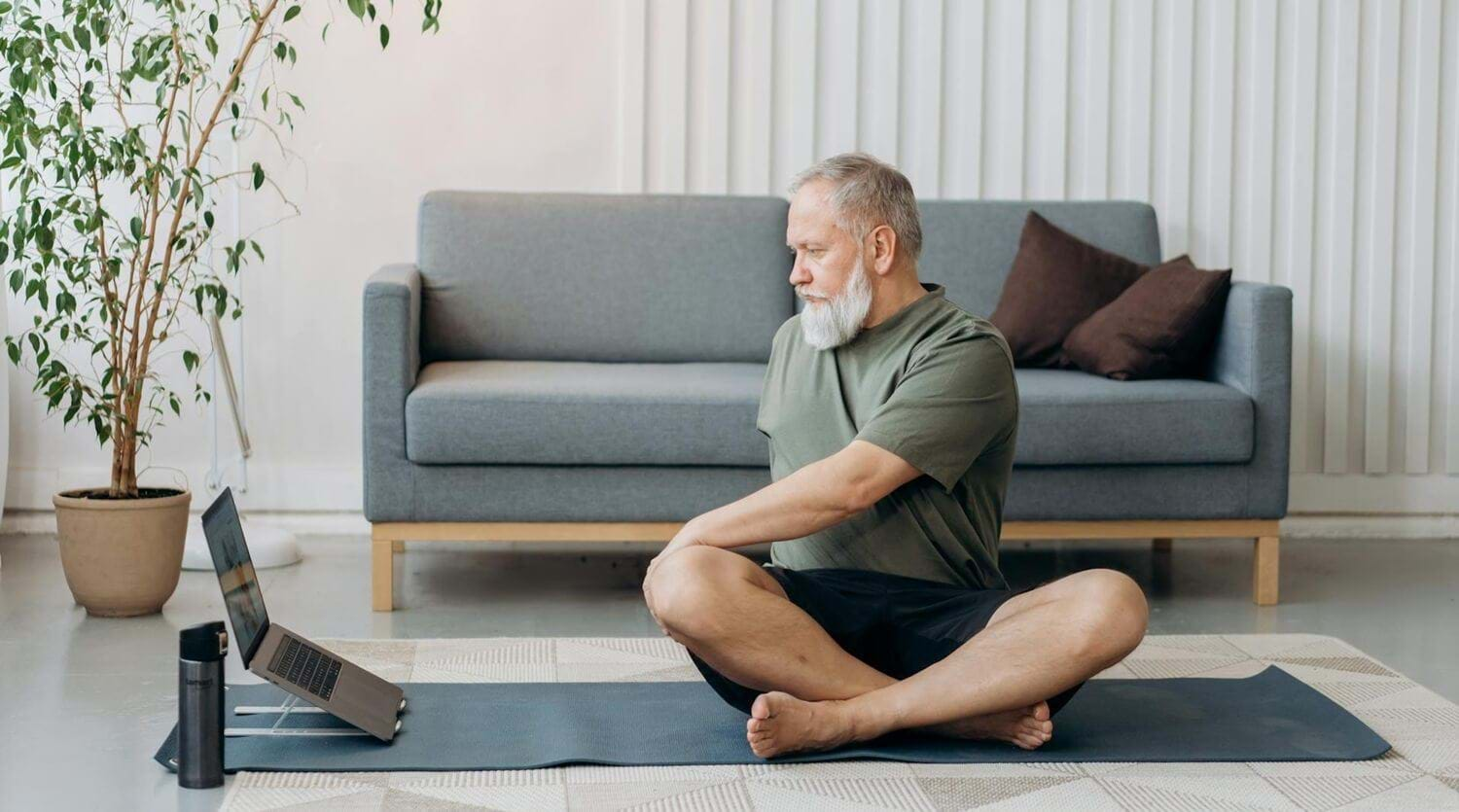Strength Training For Calves

Benefits | Calf Anatomy | Why Train Calves | Myths | Training Frequency | Size & Strength | Best Exercises | Home Training | Workouts
Calf muscles might be small compared to quads or glutes but they play a big role in your overall strength and performance, not to mention that they are responsible for carrying you as you walk every day. Whether your goal is athletic performance, muscle size, or symmetry, good strength training for calves will make a noticeable difference.
What Are The Benefits Of Training Calves?
There are lots of benefits of training calves that go beyond leg definition. Strong calves contribute to almost every movement that involves your lower body, from walking, running, and jumping, to stabilising during compound lifts like squats and deadlifts.
Good training for calves helps:
- Improve ankle stability and mobility
- Boost running, sprinting, jumping, and plyometrics
- Reduce injury risk (especially Achilles and knee issues)
- Support better posture and balance
- Create a more proportional physique
Anatomy Of The Calf Muscles And How They Work
Understanding calf muscle training starts with knowing how your calves are built. The lower leg is mainly made up of two muscles: the gastrocnemius and the soleus.
Gastrocnemius: this is the larger calf muscle that is visible on the back. It crosses the back of the knee joint and helps with both knee flexion and plantar flexion (pointing your toes).
Soleus: this is the deeper, flatter muscle underneath the gastrocnemius that helps with endurance and stability.
Together, the gastrocnemius and soleus muscles help you generate power, push off the ground, and stabilise your ankle. Training calves effectively means working both muscles by using a mix of straight leg (standing) and bent-knee (seated) calf muscle exercises.
Why Does Calf Training Matter?
Some people skip calf strength training because they think compound movements like squats and deadlifts are enough. While these do engage the calf muscles, neglecting calf isolation exercises can create imbalances between the upper and lower leg, limit your sprinting and jumping ability, and increase the chance of overuse injuries.
Doing isolated calf strength exercises is important if you want all the benefits of full lower-body development, like a more efficient stride and more stability in lifts.
Is Calf Training Worth It: Myths And Truths
Are calves worth training? Let's clear up some common myths and misunderstandings.
Myth: Calf size is genetic
The truth: Genetics affect muscle shape, but anyone can build stronger, more defined calves with good technique and progressive overload.
Myth: Running is enough for calves
The truth: While cardio exercises like running does work the calves, it doesn't provide enough resistance for real strength gains. In fact, running without strength training puts you at greater risk of injuries. Training the calves makes the muscles and tendons stronger and more durable.
Myth: Calf muscles don't matter.
The truth : Calves matter more than you think. They support every athletic movement, from sprint starts to heavy lifts, and have to work hard every day to keep you walking and standing.
Can You Train Calves Every Day?
The question isn’t really can you train calves every day but should you – and the answer depends on your goal and recovery ability. We use our calves almost constantly in daily life, so they recover faster than many other muscles. But that doesn’t mean training them every day is a good idea.
Frequent muscle stimulation can help stubborn calves grow, but overtraining can cause tightness or even an Achilles strain. Short, focused sessions are a good way to increase volume without fatigue but you should still always factor in recovery to allow the muscle to grow.
How Often Should You Train Calves?
If you shouldn’t train calves every day, how often should you train them? The best approach to training calves is to add some isolated calf exercises into your existing workouts 2–4 times per week, alternating between heavy exercises for strength and higher-rep work for endurance and size.
Regardless of your goal, always use full range of motion and controlled movements; avoid bouncing or using momentum to complete your reps. Finish with some calf stretching to prevent tightness.
How To Train Calves For Strength Vs Size
The best way to train calves depends on whether your goal is hypertrophy or power.
To train calves for muscle size, do sets of 10-15 using moderate weights with a controlled tempo, and focus on the full stretch and squeeze. This is the best way to train calves for size because it maximises time under tension and mechanical tension, creating enough stimulus for growth.
To train calves for strength, go heavier with 5--8 rep sets and take longer rest periods. Treat your calves like any other muscle group and remember that they respond well to intensity and progression.
Best Calf Strength Training Exercises
Here are some of the best calf training exercises to include in your routine. Aim for a mix of standing, seated, and dynamic movements in your training across the week.
Stand with the balls of your feet on the edge of a step for more range.
Keep your legs straight, rise onto your toes, hold, and lower slowly until you feel a stretch in your calves.
- Slowly raise your heel as high as possible, hold, and lower under control.
- Great for balance, stability, and strength differences between legs.
- Use the seated calf raise gym machine or sit on a box and place weights on your knees.
- Raise your heels, hold briefly at the top, and lower with control.
- Set up the leg press machine so you can place your feet shoulder-width apart on the plate with your legs straight.
- Push through the balls of your feet to extend your ankles.
- Lower slowly to feel the stretch in your calves.
- Pogo jumps
Stand tall with feet shoulder width apart and knees soft.
Use your ankles and calves to push off the ground in a vertical jump.
Land on the balls of your feet before immediately jumping up again.
- Good for building explosive power, agility, and reactive strength.
Calf Muscle Training At Home With Or Without Equipment
You don’t have to wait for your next gym visit to train calves. Calf training at home can be done with minimal equipment, or even with body weight only. Do high reps and make every rep count by controlling the tempo.
Bodyweight calf training options:
- Standing leg raises using a step or stairs
- Single-leg standing calf raises
- Wall sits with heel raises
Minimal-equipment home training for calf muscles:
- Resistance band calf press
- Towel-under-foot isometric holds
- Weighted standing calf raises (using dumbbells or heavy household goods)
Example Calf Training Routine For Beginners And Advanced Lifters
Get started with these sample training routines for a great calves training session. You can perform these on their own or add to the end of your usual workouts. Adjust the volume and load as you progress. Get full range of motion and remember to stretch afterwards.
Beginner Calf Training Routine
Repeat twice per week.
- Standing calf raises - 3 sets of 12-15
- Seated calf raises - 3 sets of 15
- Step calf stretch - 2 x 30-second holds
Advanced Calf Training
Repeat three to four times per week.
- Heavy standing calf raises - 4 sets of 8-10
- Seated calf raises - 4 sets of 12
- Jump rope - 3 rounds of 60 seconds
- Donkey calf raises - 3 sets of 15-20
If you're ready to take your lower-body training to the next level, book a session with one of our Personal Trainers who can help you with the best calf training for your goals. Find your nearest PureGym to get started.


